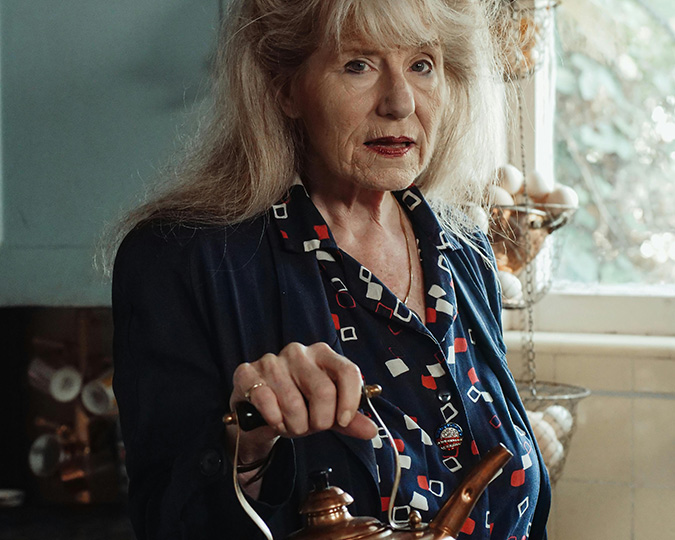Creating a Safe Haven: Home Modifications for Aging in Place
Aging gracefully is something most talk about, but not easy to do. Being able to remain independent in your home as one ages is commonly desired. But without the right modifications, a home can quickly become a place of endangerment or hazard rather than a safe haven.
This is why it is important to explore what types of home modifications can be made to continue living in the comfort and familiarity that one calls home. Let’s explore.
Understanding Our Needs As We Age
As we age, understanding the unique needs that come with it is crucial. The possibility of reduced mobility, vision loss, and balance issues are certainly there. These common challenges that are faced by seniors can create instability and danger in the home or anywhere. By recognizing the challenges, we can create an environment that provides the ultimate safety.
Exterior Modifications
- Starting with the exterior, we can look at a few key factors. The main focus is the entrance and pathways to enter and exit the home.
Accessible Entrances
- Entrances are a commonplace of accidents. This is normally because of a misstep on the stairs. Ramps make it easier to avoid these issues, especially if they use a wheelchair or walker. Having good handrails that also offer balance and support is crucial.
- Any pathway outside the home should have a slip-resistant material to it to provide safe walking. This is especially true of ramps. Whenever there is snow or icy walkways, be sure to have it properly salted and taken care of.
Proper Lighting
- Being able to see where you are going is crucial for anyone. That’s why installing motion-activated lights around the pathways and entrances of the home can be a thoughtful idea.
Interior Modifications
- The inside of the home is where we spend most of our time, so extra thought and care go a long way in terms of creating a safe haven. Here are the main areas to focus on.
Bathroom Safety
- Walk-in showers or walk-in baths eliminate the danger of stepping into a high tub. When you add grab bars or other safety features, it reduces the risk of falling in what is known as the wet space.
- Interestingly enough, a raised toilet seat is something that can make a huge difference. This eliminates the process of trying to get up or sit down on a lower seat. With a limited range of motion, this can become increasingly difficult for elders.
Kitchen Adaptations
- The kitchen is an area often forgotten but is nonetheless an area of concern. Plus, making a few adjustments can make for a good excuse to have modern artisan tiles. Why enhance just the function when you can tackle aesthetics, too?
- Lowering your countertops is an option to help limit reaching. With lowered countertops, seniors can prepare food and cook both standing or sitting, reducing the risk of falling.
- The same can be said with accessible shelves. Having to reach it is a danger. Instead, lazy susans that rotate can make everything much more accessible.
Bedroom Enhancements
- Our place of rest and recovery is the final area we should take a look at to make modifications for a safer environment.
- Beds that be adjusted can help with overall body stiffness and needs. At times, someone may feel they need to sit up more in bed, while others need to be completely flat. This can also help with the height of the bed, as it should not be difficult to get up.
- The right lighting in the bedroom is important with the idea in mind that many of u have to get up in the middle of the night to go to the bathroom. Lighting should start from the bed and bring seniors safely all the way to the bathroom.
Prioritizing Safety
It can feel like an overwhelming amount of safety modifications. But the great news is most of the work can be done in one to two days. Not all fixes are major overhauls, but regardless of whether they are small or big, they all have a major impact on the safety of the home.
Enlisting help of a certified Senior Home Safety Specialist® can assist the elderly in crossing their T’s and dotting their I’s. Just remember, checking out room by room and even the exterior is important!
Guest post By Olivia Wolfe
Olivia Wolfe is an independent writer with a passion for simplifying complex information related to senior care health. With her unique background as a nursing intern, she combines her firsthand experience in the healthcare field with her writing skills to deliver valuable insights to her readers.
The views expressed by the author may not reflect the views of Age Safe America, LLC. The content here should not be taken as medical, legal or financial advice. The content here is for informational purposes only, and because each person is so unique, please consult your own healthcare, legal or financial professional with any questions.

